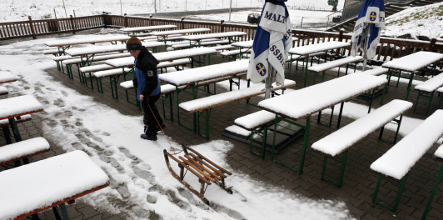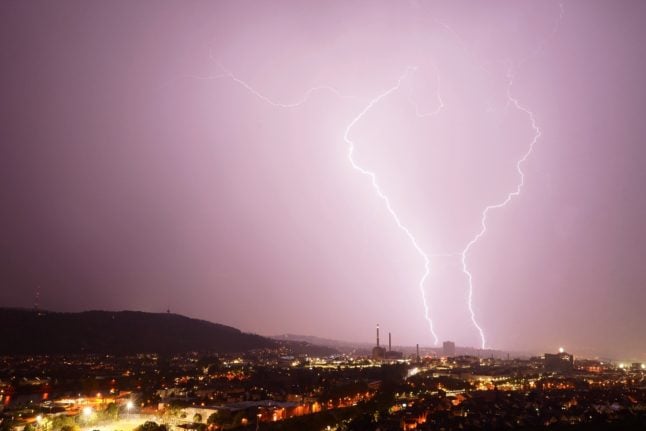Mid and higher elevations should expect below-zero temperatures and may even see the first dusting this year, German Weather Service meteorologist Dorothea Paetzold said. Lower elevations won’t be spared either, with mercury levels set to plunge dramatically.
The winter chill will hit most of the country starting on Monday night, as rain continues across much of the south and east. In the northwest, where night skies will remain clear, there could be the first frost of the year.
Temperatures on Tuesday will reach between six and ten degree Celsius at lower elevations, but mountainous regions in the middle of the country and in the Alps will likely see precipitation turn to snow.
As the week progresses overnight lows will creep below the freezing mark, making for widespread wintery driving conditions.




 Please whitelist us to continue reading.
Please whitelist us to continue reading.